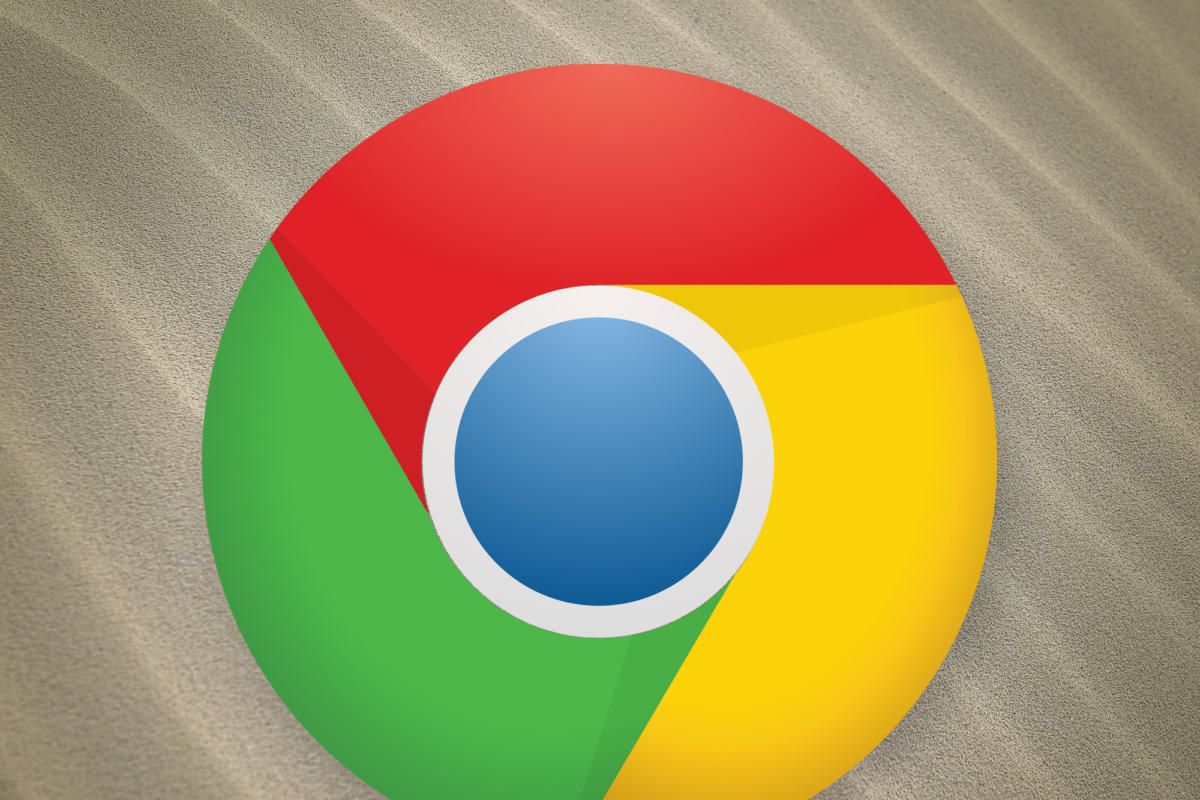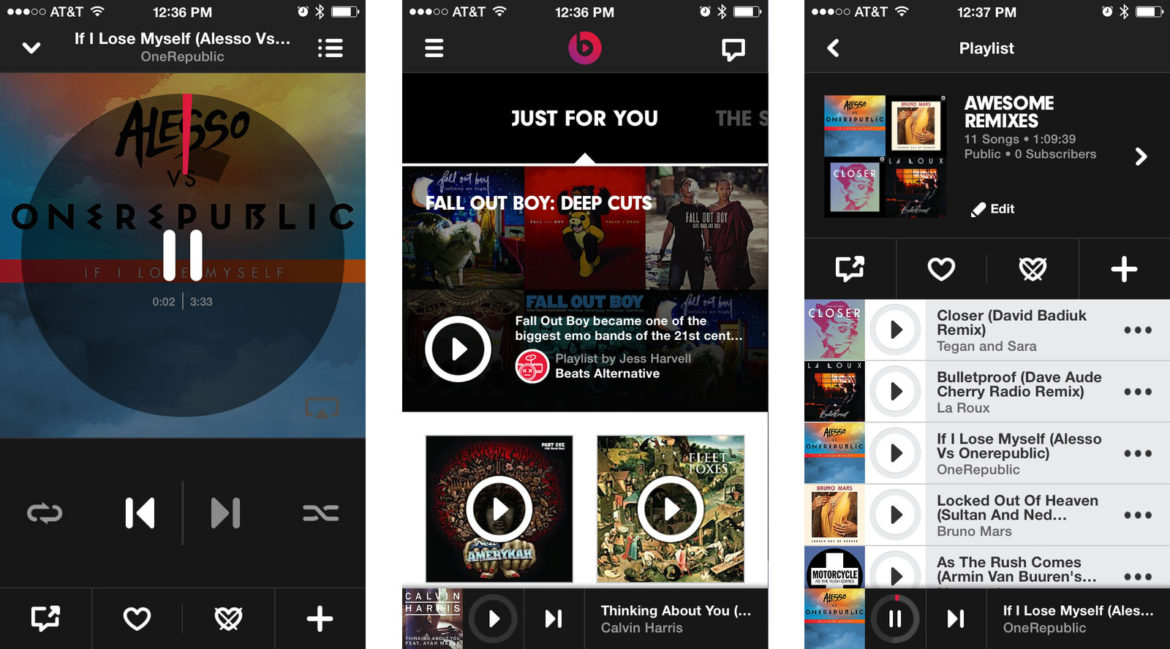- Google Chrome App Download For Windows 10
- App For Google Chrome Download
- /applications/google Chrome.app/contents/macos/google Chrome

If you double-click on it, you'll find it opens as a separate application, in its on little window and with its own dock app. Note that any Google Chrome preferences and extensions won't carry. 1.How can I run the Puppeteer script on the already installed chrome in mac machine. I tried with the following script, not able to run. 2.Is there any way to open the chrome window with particular. A Google Chrome App, or commonly just Chrome App, is a web applicationthat runs on the Google Chromeweb browser. Chrome apps can be obtained from the Chrome Web Storewhere apps, extensions, and themes can be installed or bought. To start with get Chrome Remote Desktop set up on your Windows or macOS machine as well as your Chromebook. Once you launch the add-on, it opens up in a window of its own, letting you access your.
Introduction
The user data directory contains profile data such as history, bookmarks, and cookies, as well as other per-installation local state.
Each profile is a subdirectory (often Default) within the user data directory.
Current Location
To determine the user data directory for a running Chrome instance:
- Navigate to
chrome://version - Look for the
Profile Pathfield. This gives the path to the profile directory. - The user data directory is the parent of the profile directory.
Example (Windows):
- [Profile Path]
C:UsersAliceAppDataLocalGoogleChromeUser DataDefault - [User Data Dir]
C:UsersAliceAppDataLocalGoogleChromeUser Data
Default Location
The default location of the user data directory is computed by chrome::GetDefaultUserDataDirectory.
Generally it varies by
- OS platform,
- branding (Chrome vs. Chromium, based on
is_chrome_brandedin GN args), and - release channel (stable / beta / dev / canary).
Windows
The default location is in the local app data folder:
- [Chrome]
%LOCALAPPDATA%GoogleChromeUser Data - [Chrome Canary]
%LOCALAPPDATA%GoogleChrome SxSUser Data - [Chromium]
%LOCALAPPDATA%ChromiumUser Data
(The canary channel suffix is determined using InstallConstants::install_suffix.)
Mac OS X
The default location is in the Application Support folder:
- [Chrome]
~/Library/Application Support/Google/Chrome - [Chrome Canary]
~/Library/Application Support/Google/Chrome Canary - [Chromium]
~/Library/Application Support/Chromium
Google Chrome App Download For Windows 10
(The canary channel suffix is determined using the CrProductDirName key in the browser app's Info.plist.)
Linux
The default location is in ~/.config:
- [Chrome Stable]
~/.config/google-chrome - [Chrome Beta]
~/.config/google-chrome-beta - [Chrome Dev]
~/.config/google-chrome-unstable - [Chromium]
~/.config/chromium
(The beta and dev channel suffixes are determined from $CHROME_VERSION_EXTRA, which is passed by the launch wrapper script.)
The ~/.config portion of the default location can be overridden by $CHROME_CONFIG_HOME (since M61) or by $XDG_CONFIG_HOME.
Note that $XDG_CONFIG_HOME affects all applications conforming to the XDG Base Directory Spec, while $CHROME_CONFIG_HOME is specific to Chrome and Chromium.
Chrome OS
The default location is: /home/chronos

Android
The default location comes from Context.getDir and is specific to the app.
Example: /data/user/0/com.android.chrome/app_chrome
iOS
The default location is inside the application support directory in the app sandbox.
- [Chrome]
Library/Application Support/Google/Chrome - [Chromium]
Library/Application Support/Chromium
Overriding the User Data Directory
Command Line
On all platforms, the user data directory can be overridden by passing the --user-data-dir command-line flag to the Chrome binary.
Example:
- [Windows]
chrome.exe --user-data-dir=c:foo - [Linux]
google-chrome --user-data-dir=/path/to/foo
Environment (Linux)
On Linux, the user data directory can also be overridden with the $CHROME_USER_DATA_DIR environment variable.
The --user-data-dir flag takes precedence if both are present.
Chrome Remote Desktop sessions (Linux)
A single Chrome instance cannot show windows on multiple X displays, and two running Chrome instances cannot share the same user data directory. Therefore, it's desirable for Chrome to have a separate user data directory when running inside a Chrome Remote Desktop (CRD) virtual session on a Linux host.
By default, CRD achieves this by setting $CHROME_USER_DATA_DIR in the session. Unfortunately this means that inside the session we don't get separate defaults for different channels (Stable, Beta, Dev) or for Chrome vs. Chromium. This can lead to profile version errors (“Your profile can not be used because it is from a newer version of Google Chrome”).
Since M61, this can be solved by setting $CHROME_CONFIG_HOME instead of $CHROME_USER_DATA_DIR. Specifically, put the following in ~/.chrome-remote-desktop-session:
Then restart the host by running: /etc/init.d/chrome-remote-desktop restart
Writing an AppleScript wrapper (Mac OS X)
On Mac OS X, you can create an application that runs Chrome with a custom --user-data-dir:
Open Applications > Utilities > Script Editor.
Enter:

Modify as needed for your installation path, Chrome versus Chromium, and desired user data directory.
Save the script in your Applications directory with the file format “Application”.
Close the Script Editor, find your newly created application, and run it. This opens a Chrome instance pointing to your new profile.
If you want, you can give this application the same icon as Chrome:
- Select the Google Chrome application and choose File > Get Info.
- Select the icon at the top left of the info dialog. You will see a blue highlight around the icon.
- Press ⌘C to copy the icon.
- Open the info dialog for the new application and select the icon in the top left.
- Press ⌘V to paste the copied icon.

User Cache Directory
On Windows and ChromeOS, the user cache dir is the same as the profile dir. (The profile dir is inside the user data dir.)
On Mac OS X and iOS, the user cache dir is derived from the profile dir as follows:
- If
Library/Application Supportis an ancestor of the profile dir, the user cache dir isLibrary/Cachesplus the relative path fromApplication Supportto the profile dir. - Otherwise, the user cache dir is the same as the profile dir.
Example (Mac OS X):
- [user data dir]
~/Library/Application Support/Google/Chrome - [profile dir]
~/Library/Application Support/Google/Chrome/Default - [user cache dir]
~/Library/Caches/Google/Chrome/Default
On Linux, the user cache dir is derived from the profile dir as follows:
- Determine the system config dir. This is
~/.config, unless overridden by$XDG_CONFIG_HOME. (This step ignores$CHROME_CONFIG_HOME.) - Determine the system cache dir. This is
~/.cache, unless overridden by$XDG_CACHE_HOME. - If the system config dir is an ancestor of the profile dir, the user cache dir is the system cache dir plus the relative path from the system config dir to the profile dir.
- Otherwise, the user cache dir is the same as the profile dir.
Example (Linux):
- [user data dir]
~/.config/google-chrome - [profile dir]
~/.config/google-chrome/Default - [user cache dir]
~/.cache/google-chrome/Default
On Android, the user cache directory comes from Context.getCacheDir.
| Click here to return to the 'Reduce the size of Google Chrome ' hint |
Or use Chromium, which uses Sparkle and avoids all of this custom silent unremovable Google Updater nonsense.
I second the 'use Chromium'. It feels slightly cleaner, and doesn't have Flash. I keep Chrome around for when I need Flash, but prefer Chromium.
That is a common misconception. If you right click on Chromium, select Show Package Contents, go to Contents/Versions/version number/Chromium Framework.framework/Internet Plug-Ins you will find Flash Player Plugin for Chrome.plugin.
Thanks! I had about 12 versions, all over from 16.xxx to 17.xxx
I noticed a slight speed boost at launch as well.
On two of my Macs, there were only two versions of Chrome present, so I didn't bother performing the hint here. On a third, however, there were 14 total versions and I deleted all but the most recent one.
I, too, saw a noticeable improvement in Chrome launch time after dumping all the old versions.
I would delete your copy and download it again... I have nightly builds option and my copy is only 220MB (and only 2 versions in the package)....
My copy had hit 14 versions and was over 950MB. I deleted all but the two newest versions and for some odd reason, the size actually increased to 1.4GB. I'm going to delete, download, and install a new copy.
App For Google Chrome Download
I have been running chrome for quite a while now, and mine only has the current version, and the previous version - total 220 MB
interesting that some keep more copies than others...
/applications/google Chrome.app/contents/macos/google Chrome
Thanks! Mine was at 2.2 GB
